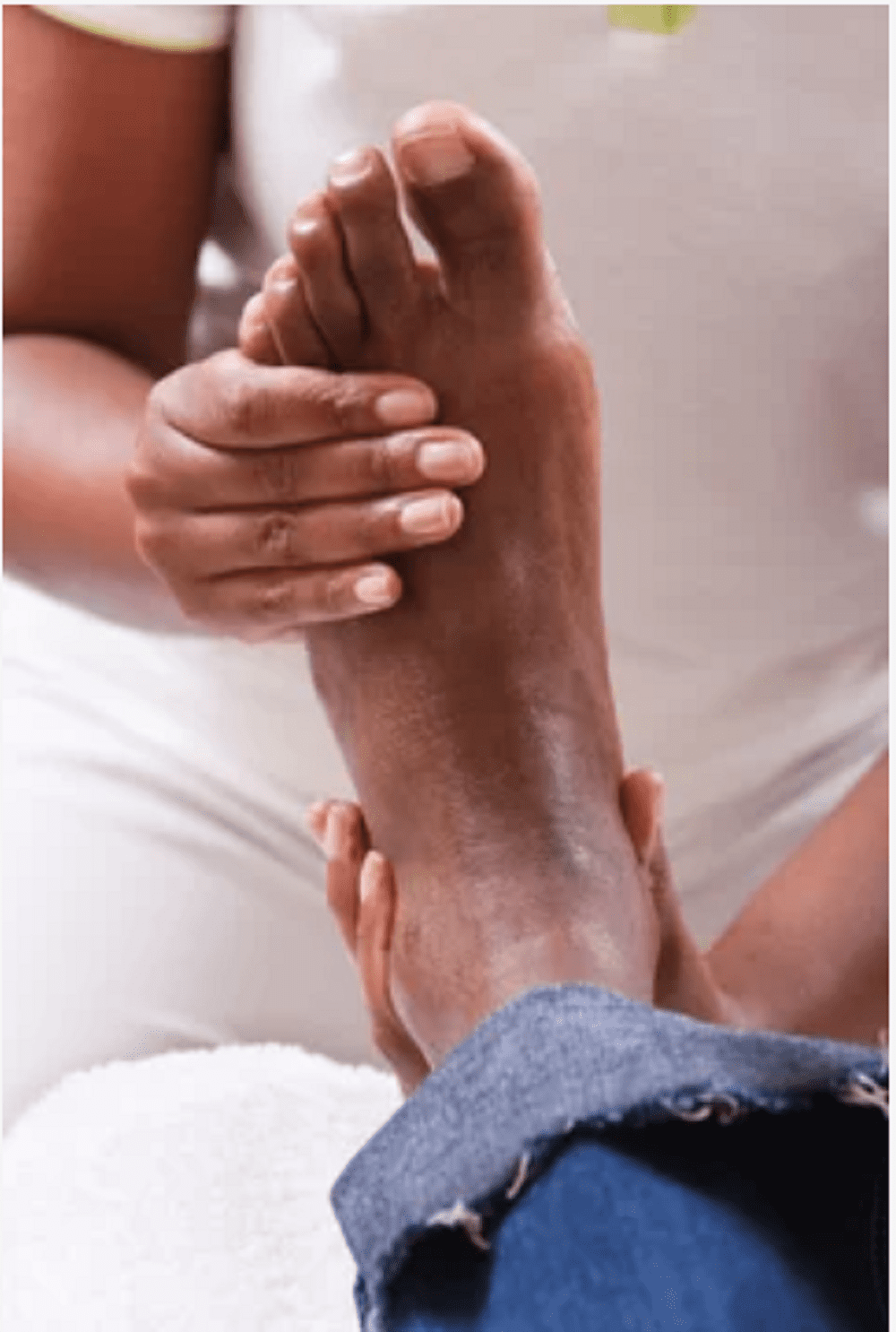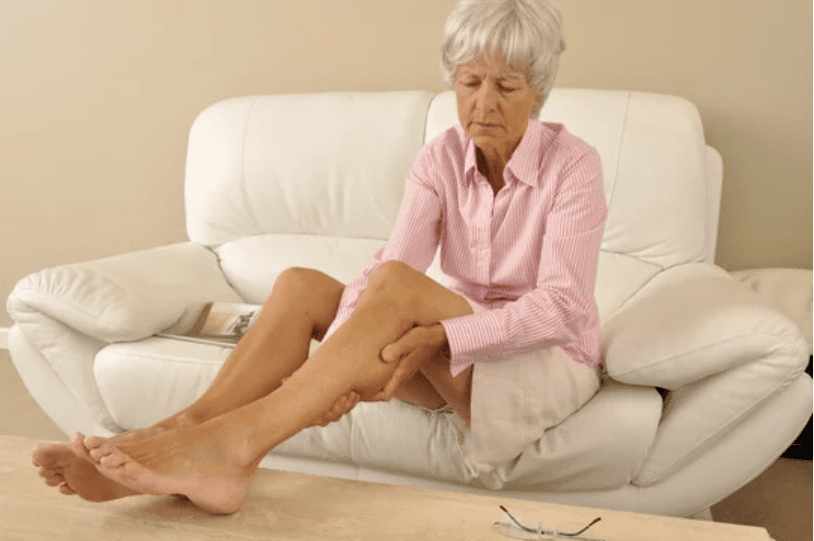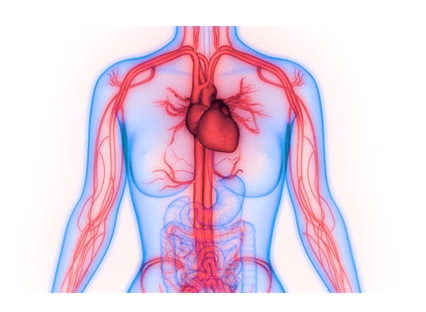
Clogged Arteries making my Legs hurt

Peripheral artery disease (also known as peripheral arterial disease) is a cardiovascular condition in which constricted arteries limit blood flow to the limbs.
When you have peripheral artery disease (PAD), blood flow to your legs or arms — generally your legs — is insufficient to meet demand. This might result in symptoms like leg soreness when walking (claudication).
A accumulation of fatty deposits in your arteries is likely to cause peripheral arterial disease (atherosclerosis). This disorder can cause your arteries to constrict, limiting blood flow to your legs and, on rare occasions, your arms.
Exercising, eating a nutritious diet, and quitting cigarettes in any form are all effective ways to cure peripheral artery disease.
Many patients with peripheral artery disease have little or no symptoms, although other people have leg pain when walking (claudication).
Claudication causes muscular soreness or cramping in your legs or arms that is induced by movement, such as walking, but goes away after a few minutes of rest. The position of the blocked or narrowed artery determines the location of the pain. The most prevalent site of discomfort is the calf.
Claudication can range in severity from slight discomfort to incapacitating agony. You may find it difficult to walk or engage in other forms of physical exercise if you have severe claudication.
The following are indications and symptoms of peripheral artery disease:
After certain activities, such as walking or ascending stairs, you may have painful cramping in one or both hips, thighs, or calf muscles.
Numbness or weakness in the legs
Iciness in your lower leg or foot, particularly on one side compared to the other
Unhealing sores on your toes, foot, or legs
The hue of your legs has changed.
On your feet and legs, you may notice hair loss or a slowing of hair development.
Toenail development will be slower.
Legs with a lustrous sheen
In your legs or feet, there is no or a feeble pulse.
Men's erectile dysfunction
When crocheting, writing, or doing other manual duties, you may have soreness and cramping in your arms.
If your peripheral artery disease advances, you may have discomfort even while you're resting or lying down. It's possible that it'll keep you awake at night. Hanging your legs over the side of your bed or taking a walk around your room will help ease discomfort briefly.
When should you see a doctor?
Don't disregard leg discomfort, numbness, or other symptoms as a natural part of becoming older. Make an appointment with your doctor.
Even if you don't have symptoms of peripheral artery disease, you should be checked if you have any of the following:
Over the age of 65
Have a history of diabetes or smoking and are over the age of 50?
Under the age of 50 and have diabetes or other risk factors for peripheral artery disease, such as obesity or high blood pressure.
We are just a call or click away. To learn more, book an appointment online or over the phone with PeachState Advanced Cardiac & Endovascular. We have several locations in Georgia: Newnan, Atlanta, & Griffin.
You Might Also Enjoy...


Feeling Faint

Should I be worried about my numb feet?

Can leg cramps be a sign of something serious?

Meet Dr. Odiete - PACE Cardiovascular Specilaist


